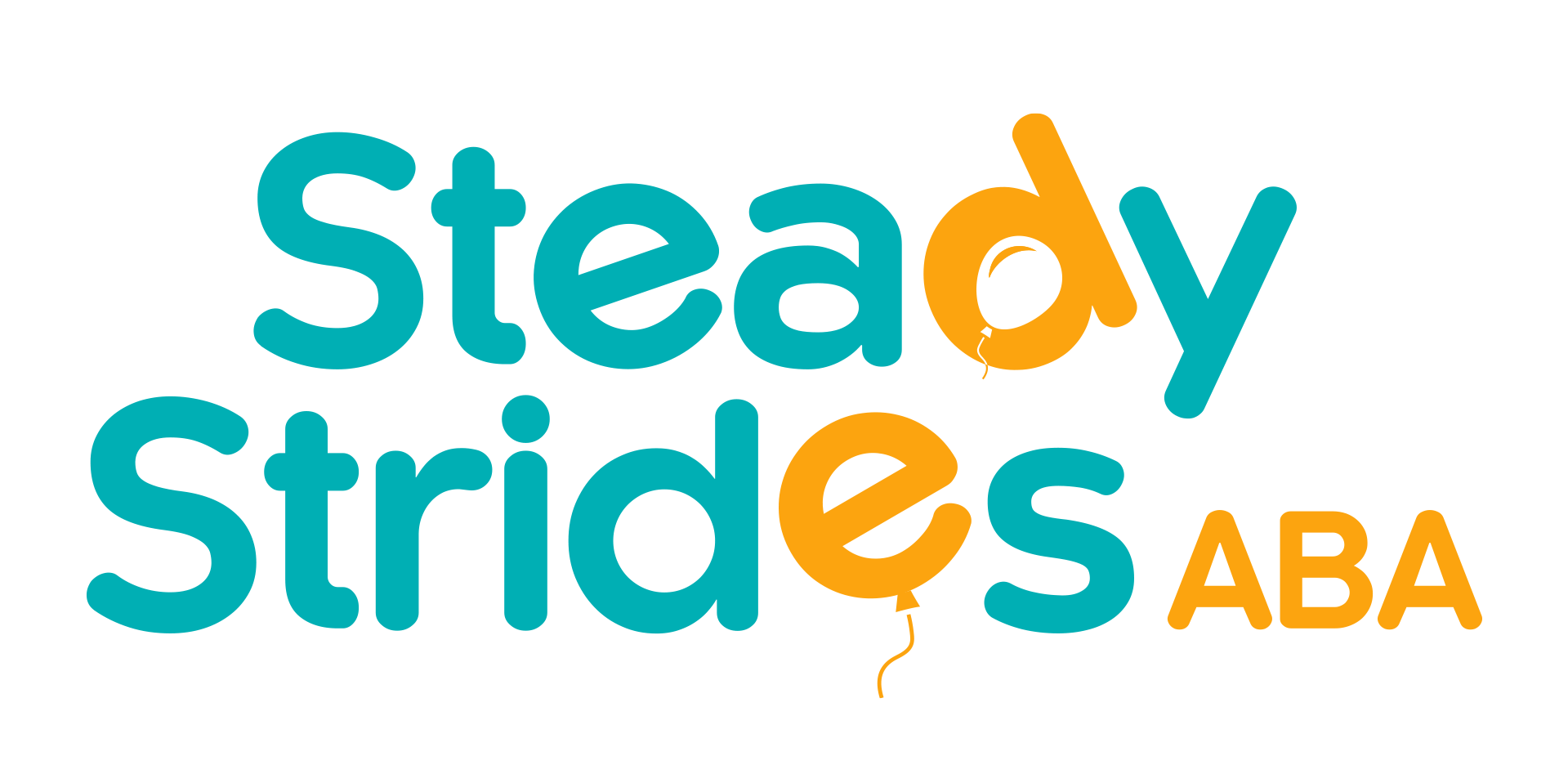Autism is a complex neurodevelopmental disorder that affects millions of individuals worldwide. It is characterized by differences in social interaction, communication, and sensory processing. While autism may present challenges, it is important to affirm and support individuals with autism and their families. In this blog, we will explore the different aspects of autism spectrum disorder (ASD) and discuss the significance of conscious language, sensory processing, family therapy, neurodivergent identity, explaining autism to children and educators, and the role of research in understanding autism. By embracing a positive and affirming approach, we can create a more inclusive and understanding world for individuals with autism and their loved ones.
Understanding Autism Spectrum Disorder (ASD)
Autism spectrum disorder (ASD) is a broad range of conditions characterized by challenges in social interaction, verbal and nonverbal communication, and repetitive behaviors. Each individual with autism is unique, with their own distinctive strengths, abilities, and challenges. It is important to recognize autism as a natural variation of the human experience, referred to as neurodiversity, and to respect the voices and perspectives of autistic people themselves. By understanding the intricacies of autism spectrum disorder, we can better support individuals on the autism spectrum and promote inclusivity in our communities.
Identifying ASD - Key Features and Symptoms
Identifying autism spectrum disorder (ASD) in individuals can sometimes be challenging, especially as the symptoms can vary widely. Some key features of ASD include difficulties with social interaction, such as maintaining eye contact and understanding social cues, as well as challenges in communication, both verbal and nonverbal. Individuals with ASD may also demonstrate sensory challenges, being either hypo or hypersensitive to sensory input, such as light, sound, touch, or texture. While social media has become a valuable platform for autistic voices and advocacy, it is important to recognize that self-diagnosis is not the same as a professional diagnosis. Consulting with healthcare professionals and specialists experienced in autism is crucial in the accurate identification of ASD, in order to provide appropriate support and intervention.
Misconceptions and clarifications about ASD
There are numerous misconceptions surrounding autism spectrum disorder (ASD) that can impede understanding and acceptance. One common misconception is the use of labels such as "high functioning" and "low functioning" to categorize individuals with autism based on their abilities. It is important to remember that these labels do not accurately represent the lived experiences of individuals with autism, as they fail to capture the full spectrum of strengths and challenges that each person may possess. Another misconception is the expectation for autistic people to conform to neurotypical norms of behavior, communication, and social interaction. Autism is not a deviation from the norm, but rather a different way of thinking, perceiving, and experiencing the world. Dispelling these misconceptions and embracing the diversity of the autism spectrum promotes a more inclusive and understanding society.
Emphasizing the Importance of Conscious Language
Language plays a crucial role in shaping our perceptions and interactions, especially when discussing autism. Conscious language involves using affirming and respectful terminology when referring to individuals with autism. It is important to move away from language that perpetuates stigma, stereotypes, or devalues the experiences of autistic people. By utilizing affirming language, we can create an inclusive environment that acknowledges and values neurodiversity, helping to bridge the gap between the autistic and neurotypical world.
Impact of Words - Affirming Neurodiversity
The words we use hold great power in shaping our attitudes and perceptions. By affirming neurodiversity, we acknowledge and celebrate the unique strengths and perspectives of individuals with autism. Embracing neurodiversity fosters inclusivity and promotes a sense of belonging. It allows autistic individuals to embrace their identity and feel valued for who they are, rather than being defined solely by their challenges. By using language that recognizes the contributions of neurodiverse individuals, we can create a more accepting and supportive society, where everyone is valued for their diverse abilities and experiences.
Staff Language and Communication
In supporting individuals with autism, the language and communication used by staff members in various settings, such as schools, clinics, or social services, play a significant role. Staff should be mindful of the sensory needs of autistic individuals, as sensory input can have a profound impact on their well-being. Using clear and concise language, accompanied by visuals if necessary, can enhance understanding and minimize anxiety. Additionally, staff members should be knowledgeable about related services, resources, and accommodations available to support individuals with autism and their families. Consistent use of affirming and inclusive language, as well as effective communication techniques, helps build trust, rapport, and a welcoming environment for autistic individuals.
Sensory Processing Differences and Anxiety in Autism
Individuals with autism often experience sensory processing differences, which can affect their daily lives and contribute to challenges in social interaction and emotional regulation. Sensory processing refers to the way the brain receives, organizes, and responds to sensory input from the environment. Understanding and accommodating sensory needs is crucial in creating supportive environments for autistic individuals. Additionally, anxiety frequently co-occurs in individuals with autism, as sensory overload, social challenges, and unpredictability can be stressful. By considering sensory needs and providing strategies for managing anxiety, we can enhance the overall well-being of autistic individuals.
Sensory Differences: Understanding and Accommodating
Understanding the sensory challenges experienced by autistic individuals is key in providing appropriate support and accommodations. Here are some important points to consider:
- Sensory input: Individuals with autism may be more sensitive or less sensitive to sensory input, including lights, sounds, textures, and smells. Tailoring the sensory environment to accommodate their needs can help reduce stress and support engagement.
- Accommodations: Providing sensory-friendly spaces or quiet areas can offer a safe haven for autistic individuals to retreat to when feeling overwhelmed. These spaces can be equipped with sensory tools, such as weighted blankets, fidget toys, or noise-canceling headphones.
- Sensory challenges: Sensory challenges can impact daily life, including self-care activities, social interactions, and participation in educational or community settings. Recognizing and addressing these challenges within various contexts can promote inclusivity and support.
By identifying and accommodating sensory differences, we can create environments that allow autistic individuals to thrive and reach their full potential.
Managing Anxiety in Autism
Anxiety is a common experience among individuals with autism, often stemming from challenges in social interaction and sensory processing. Supporting emotional regulation is crucial in managing anxiety for individuals with autism. Here are some strategies to consider:
- Emotional regulation:
Teaching individuals with autism strategies for recognizing and expressing their emotions in healthy ways can aid in emotional regulation. This can include specific techniques, such as deep breathing, mindfulness, or visual cues.
- Meltdowns and dysregulation: Understanding the triggers for meltdowns or dysregulation, such as sensory overload, social stress, or changes in routine, can help prevent or minimize the impact of these episodes. Creating a predictable and structured environment, along with providing coping strategies, can support emotional well-being.
By promoting emotional regulation and helping individuals with autism manage anxiety, we can empower them to navigate daily challenges more effectively and enhance their overall quality of life.
The Role of Family Therapy in Autism
Autism not only impacts the individual but also has a significant effect on the family as a whole. Family therapy plays a critical role in supporting families of individuals with autism, as it provides a safe and supportive space to address the challenges they encounter. By involving the whole family in therapy, mental health professionals can help build resilience, improve communication, and offer strategies to support the individual with autism and create a nurturing environment for the entire family.
Empowerment through Understanding Your Child
Understanding your child's unique needs is crucial in empowering them to navigate the challenges of autism with confidence and resilience. Here's how:
- Empowerment: By gaining a deeper understanding of your child's strengths, challenges, and sensory needs, you can empower them to advocate for themselves and make choices that align with their preferences and sense of self.
- Sense of self: Supporting the development of your child's sense of self-esteem, self-worth, and identity can foster a positive self-image, enhance self-confidence, and contribute to emotional well-being.
- Family member: Embracing your child as an individual, rather than defining them solely by their autism, promotes a genuine sense of love, acceptance, and belonging, both within the family unit and in the wider community.
By empowering your child through understanding, you create an environment that nurtures their sense of self and fosters their overall development.
The New Paradigm for Autism Treatment
The field of autism treatment has evolved, embracing a new paradigm that prioritizes individualized care and support. This approach recognizes the importance of holistic interventions, personalized treatment plans, and the unique needs of each individual with autism. Here are some key aspects of the new paradigm in autism treatment:
- Incorporating neurodiversity principles: The new paradigm acknowledges and celebrates the diversity of autism, valuing the contributions of neurodiverse individuals and promoting inclusivity in treatment approaches.
- Innovative strategies: Embracing innovative techniques, evidence-based practices, and emerging therapies enhances the quality of life for autistic individuals and expands the range of options available.
- Holistic support: Recognizing that autism impacts multiple aspects of an individual's life, the new paradigm emphasizes support beyond the core deficits of autism, encompassing mental health, social skills, independence, and overall well-being.
- Private practice: Seek support from professionals experienced in autism, such as therapists, counselors, or diagnosticians, who specialize in private practice settings. These professionals bring years of experience, expertise, and knowledge to support the needs of individuals with autism and their families.
By embracing the new paradigm in autism treatment, we can improve outcomes and ensure the highest quality of support for individuals on the autism spectrum.
Embracing Neurodivergent Identity
Embracing neurodivergent identity means recognizing and celebrating the unique strengths and perspectives of autistic individuals. It is about acknowledging that autism is an inherent part of a person's identity, rather than a separate condition to be fixed or cured. By promoting self-determination and listening to autistic voices, we can foster a culture that values the contributions of neurodiverse individuals and ensures their voices are heard, understood, and respected.
Self-Identity, Self-Determination and Self-Advocacy in Autism
Encouraging self-advocacy empowers individuals to express their needs and preferences, fostering independence. Supporting self-identity development enhances self-awareness and self-esteem, vital for autonomy. Promoting self-advocacy skills enables confident navigation of social contexts. Empowering autistic individuals to advocate for themselves strengthens their sense of agency in the neurotypical world, emphasizing their unique autistic identity.
Autistic Children are Not Deficits, Behaviors or Problems
Recognizing the unique qualities of autistic children fosters acceptance and understanding. By acknowledging that behaviors are a form of communication, we can create supportive environments that cater to their needs. It is essential to appreciate the strengths and talents of autistic individuals to cultivate a positive perspective. Shifting the focus from deficits to abilities promotes their growth and development, emphasizing their value beyond stereotypes. Valuing autistic children for who they are enhances their sense of belonging and self-worth.
Tips for Explaining Autism to Kids, Teens and Educators
Providing age-appropriate explanations is crucial when discussing autism with kids, teens, and educators. Clearing up common misconceptions helps create a more inclusive neurotypical world for autistic people. Offering the most important advice from autism advocate Chloe Rothschild can guide these conversations effectively. Understanding autistic identity and sense of self is essential to destigmatize what may be considered a taboo topic. Ensuring enough support and education about autism can improve understanding and acceptance within the community.
Age-appropriate Explanations
When explaining autism to children, it is important to use age-appropriate language and explanations. Here's how:
- Simplify the information: Break down complex concepts into easily understandable language, avoiding jargon or technical terms.
- Use visuals and stories: Incorporate visual aids or stories that the child can relate to, helping them grasp the concept of autism in a concrete manner.
- Encourage questions: Create a safe space for the child to ask questions, ensuring they feel comfortable seeking clarification and understanding.
- Normalize autism: Explain that autism is not a taboo topic, but a natural variation of the human experience, as different people have different ways of thinking and seeing the world.
- Affirm sense of self: Emphasize that autism does not define the child's worth or identity, but is just one aspect of who they are, highlighting their unique strengths and talents.
By providing age-appropriate explanations, we can educate children about autism in a way that promotes understanding, acceptance, and inclusion.
Clearing Up Common Misconceptions
Clearing up common misconceptions about autism is crucial in fostering accurate knowledge and dispelling stereotypes. Here are some important points to address:
- Common misconceptions: Identify and address misconceptions, such as autism being a defect or autism being synonymous with intellectual disability.
- Challenging misinformation: Provide correct information backed by scientific research, in order to challenge the spread of misinformation or pseudoscientific claims about autism.
- Neurotypical norms: Highlight that autism is not a deviation from the neurotypical norm, but rather a different way of processing information and experiencing the world.
- Embrace neurodiversity: Explain the concept of neurodiversity, emphasizing that autistic individuals have unique strengths, perspectives, and contributions to offer.
- Promote inclusion: Encourage inclusivity by emphasizing the importance of respecting and valuing the neurodiversity of all individuals, autistic or otherwise.
By clearing up misconceptions and promoting accurate information, we can create a more inclusive and understanding society that embraces the diversity of the autism spectrum.
Researching and Understanding Autism
Researching and understanding autism plays a crucial role in advancing knowledge, improving support, and promoting inclusivity. Organizations such as the Autism Research Center (ARC) of the United States, as well as researchers like Chloe Rothschild, contribute to the field by conducting studies, developing evidence-based practices, and advocating for the needs of individuals with autism. Engaging with reputable sources, staying informed about the latest research, and critically evaluating findings are essential in gaining a comprehensive understanding of autism.
How to Approach Autism Research?
Approaching autism research requires a critical and thoughtful approach to ensure accurate and reliable information. Here are some important considerations:
- Evaluate research studies critically: Assess the quality of research, including the methodology, sample size, and potential biases, in order to determine the validity and applicability of the findings.
- Seek guidance from experts: Consult professionals in the field, such as clinicians, researchers, or educators, who have years of experience in autism, as they can provide valuable insights and perspectives.
- Engage in community discussions: Participate in discussions, forums, or support groups focused on autism research, as they provide opportunities to learn from others, share experiences, and stay updated on the latest developments.
- Be cautious with social media: While social media can be a source of information, it is important to verify the credibility of the sources, fact-check the information, and prioritize reputable websites, academic journals, or organizations for accurate information.
By approaching autism research with a discerning mindset, seeking expert guidance, and engaging in reliable sources of information, we can stay informed, advocate effectively, and support evidence-based practices.
Conclusion
In conclusion, it is crucial to approach autism with empathy, understanding, and acceptance. Autism Spectrum Disorder (ASD) is a neurodevelopmental condition that affects individuals differently, emphasizing the importance of conscious language and affirming neurodiversity. By embracing a neurodivergent identity, we can empower individuals with autism to become self-advocates and encourage self-determination. Additionally, understanding sensory processing differences and managing anxiety in autism plays a vital role in supporting individuals on the spectrum. Family therapy can also be beneficial in fostering understanding and providing the necessary tools for parents and caregivers. By researching and educating ourselves about autism, we can dispel misconceptions and create inclusive environments for individuals with ASD. Let us strive for a future that embraces and celebrates the diversity of human experiences.













